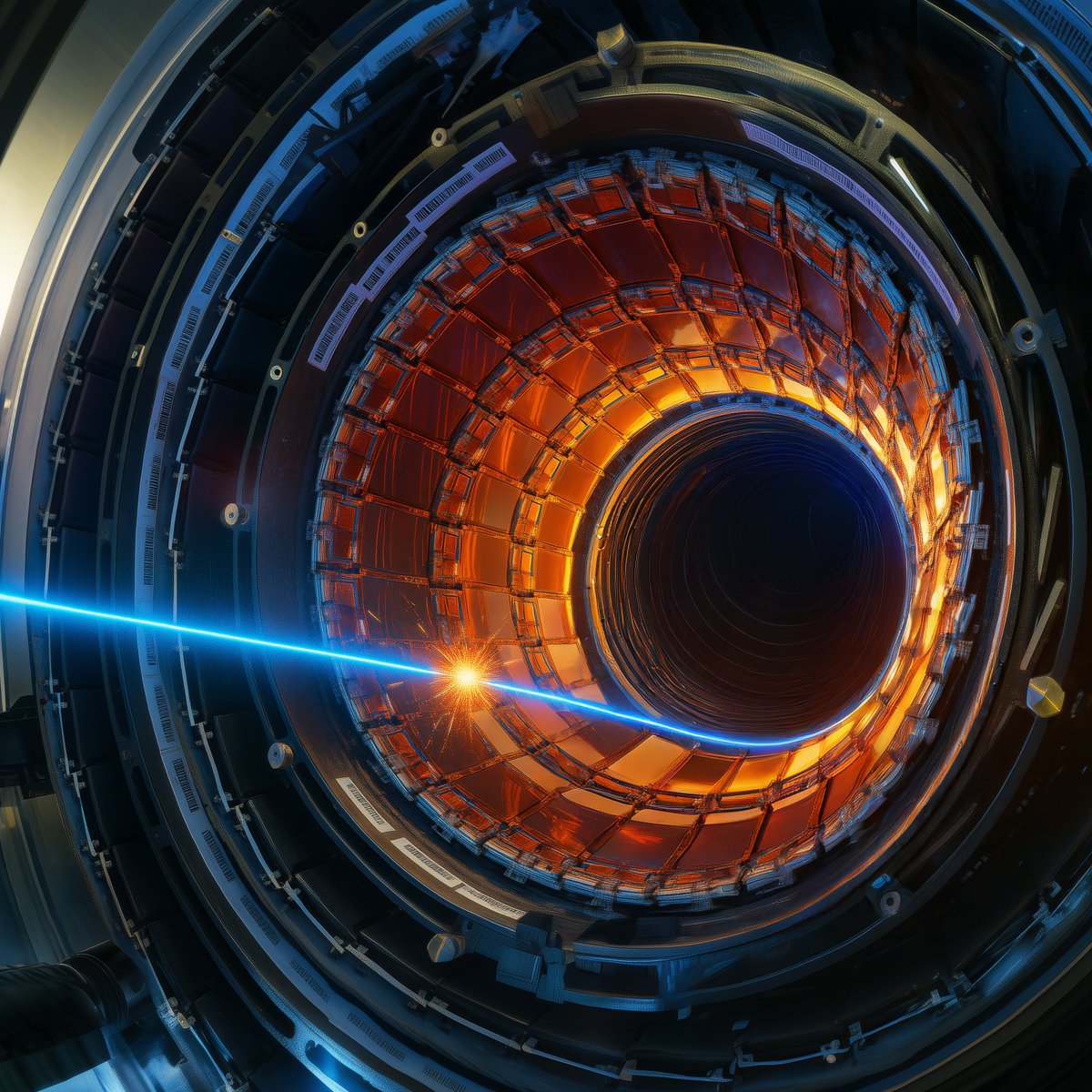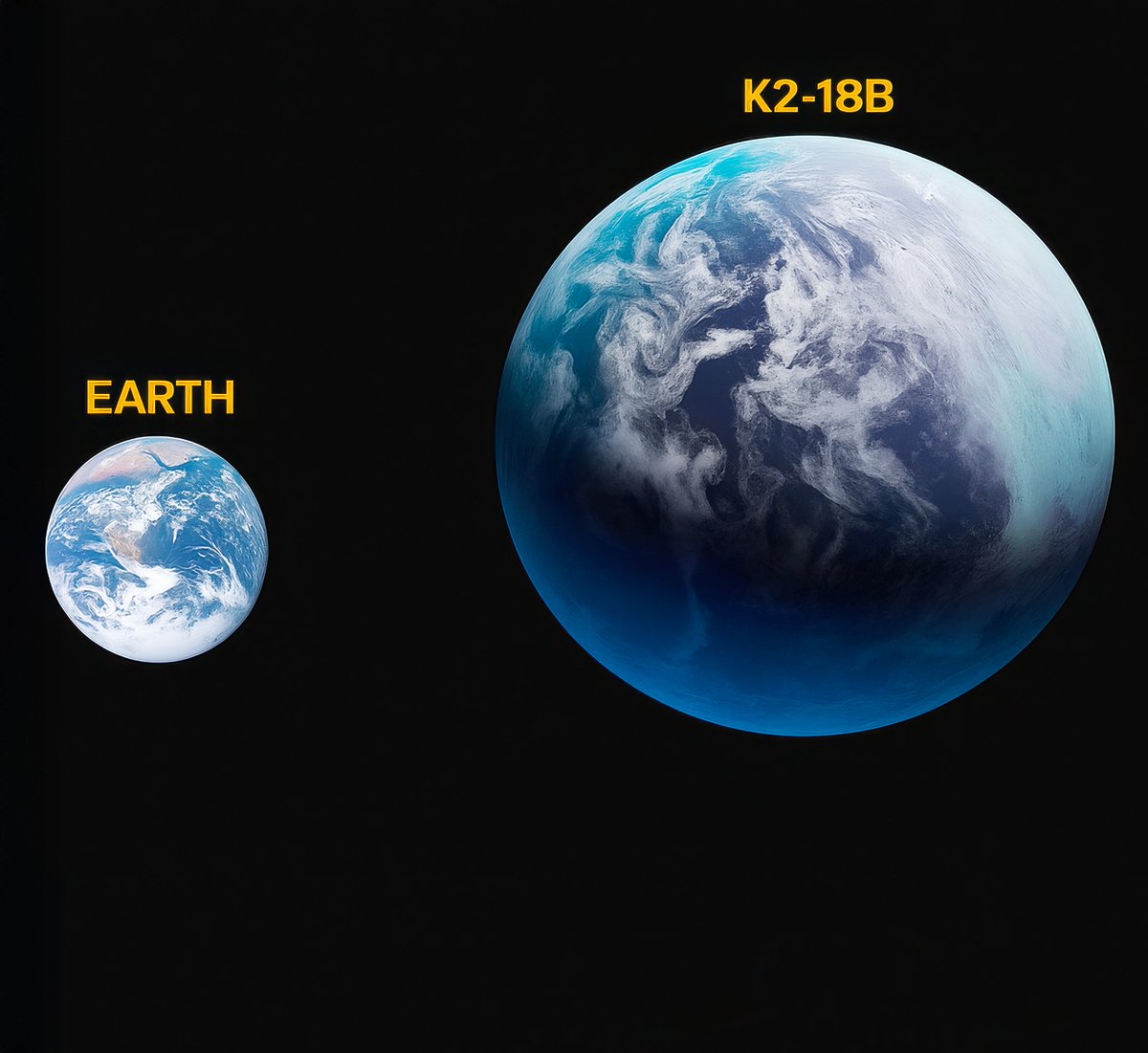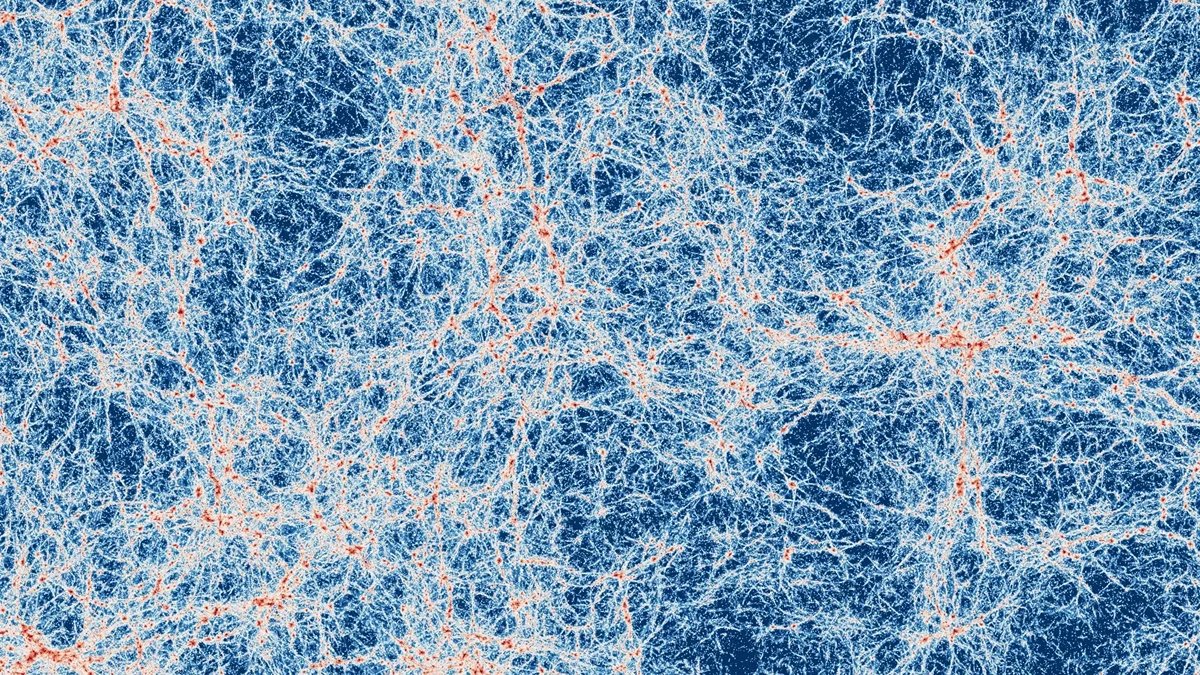🚨: Scientists create matter from pure light, proving Einstein's 90-years old theory E=mc², right in the lab! 

Physicists created matter from pure light — proving Einstein’s 90-year-old prediction
In one of the most extreme experiments in modern physics, scientists at SLAC National Accelerator Laboratory have turned light into matter — literally creating particles from pure energy using two beams of gamma rays. It’s a breakthrough that proves a key aspect of Einstein’s E=mc² in its rawest form.
In one of the most extreme experiments in modern physics, scientists at SLAC National Accelerator Laboratory have turned light into matter — literally creating particles from pure energy using two beams of gamma rays. It’s a breakthrough that proves a key aspect of Einstein’s E=mc² in its rawest form.
The experiment used the powerful Linac Coherent Light Source (LCLS), where laser beams were focused onto gold foils to create short bursts of high-energy photons. When these photons collided in a vacuum chamber, they produced electron-positron pairs — particles with mass, born from nothing but light.
This reaction — called the Breit-Wheeler process — was theorized in 1934 but never directly observed in a lab. SLAC’s success marks the first experimental confirmation of matter creation from photon-photon collisions without relying on nuclei. It’s like watching the early universe in a bottle.
Beyond its elegance, this could help explain cosmic ray behavior, black hole radiation, and matter creation after the Big Bang. It may also inform new clean energy concepts — turning pure energy into controlled particles with zero waste.
In a world that’s used to turning matter into energy (like in nuclear bombs or reactors), this experiment flips the equation — proving we can go the other way too.
Research paper:
journals.aps.org/prl/abstract/1…
Research paper:
journals.aps.org/prl/abstract/1…
• • •
Missing some Tweet in this thread? You can try to
force a refresh










